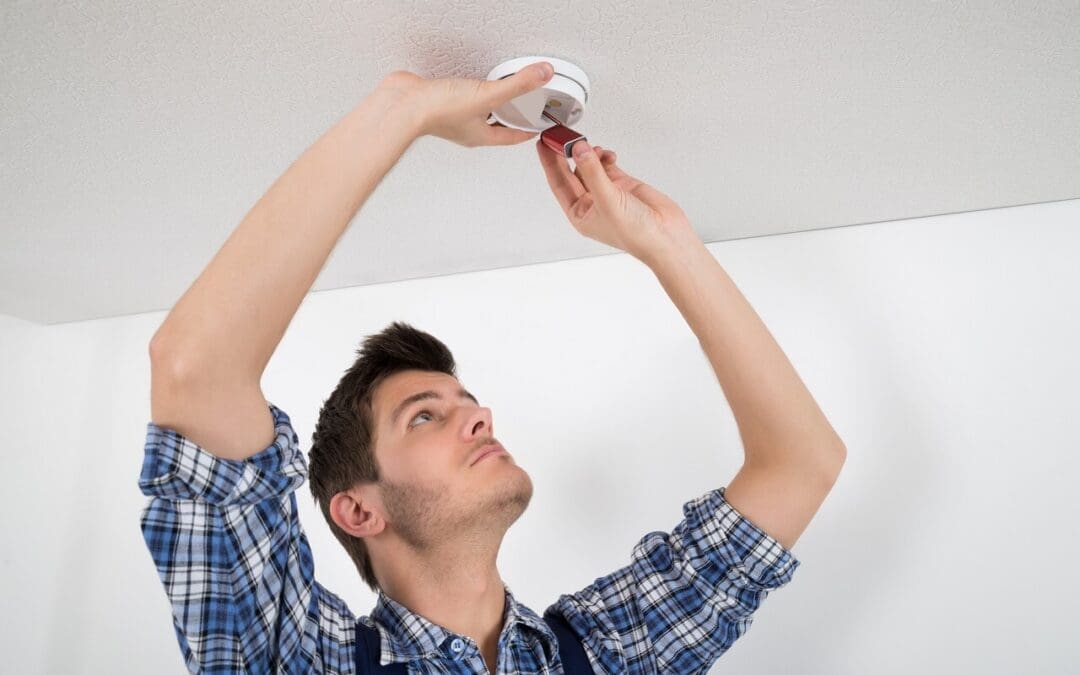As a homeowner, you know emergencies are typically stressful and almost always expensive. The good news is that most home disasters are entirely preventable. By adopting a mindset of preventative maintenance, you stop reacting to failures and start confidently controlling the health and longevity of your home. This proactive approach guarantees your property maintains its value, keeps utility bills low, and, most importantly, protects your peace of mind.
The Financial Wisdom of Preventative Maintenance
Many homeowners see routine upkeep as an added expense, but preventative maintenance is actually a money-saving strategy. Such as spending money on an annual HVAC tune-up prevents an
emergency repair or the premature cost of replacing the entire unit. System failures rarely happen without warning; they are usually the result of long-term neglect. By regularly inspecting and caring for major systems, you maximize their lifespan. Every major component in your home, from your roof to your water heater, has an expected lifetime, but lack of maintenance will cut that time short. Investing in preventative maintenance guarantees you get the full value out of every major appliance and structure, protecting your investment for years to come.
Exterior Preventative Maintenance
The first line of defense for your home is its exterior “envelope”, the roof, siding, windows, and foundation that keep the elements out. Regular care here is crucial. Gutters and downspouts should be cleaned at least twice a year (more if you have heavy tree coverage). Clogged gutters cause water to back up, leading to fascia damage, foundation cracks, and basement flooding.
Conduct a visual check of your roof every spring and fall, if you can’t safely do a visual check hire an inspector for a roof inspection. Look for missing or damaged shingles, curling edges, or excessive granule loss. Check siding and trim for peeling paint, soft spots, or cracks, which are entry points for moisture and pests. Sealing a small crack now prevents a large wood rot repair later. Walk around your foundation to check for new cracks. Ensure the ground slopes away from your home’s foundation. Poor grading directs water toward your basement, making proper drainage a key part of exterior preventative maintenance.
The Mechanical Core: HVAC and Plumbing
The most expensive systems to repair or replace are typically your mechanical and utility components. Consistent, professional care is non-negotiable here. Schedule professional maintenance for your HVAC annually. A technician will clean the coils, check refrigerant levels, lubricate moving parts, and check all electrical connections are sound. This keeps your system running efficiently and catches small defects before they become failures. Additionally, you should replace or clean your air filters every 1 to 3 months, a basic piece of preventative maintenance that lowers energy bills and protects the unit itself.
Flush your water heater once a year to remove sediment buildup. Sediment reduces efficiency and could corrode the tank, leading to leaks and premature failure. Also, check the temperature and pressure relief valve (T&P valve) to ensure it’s functioning correctly, a vital safety measure.
Interior and Safety Preventative Maintenance
While major systems get the most attention, small interior checks are vital for daily functionality and safety. Test all smoke and carbon monoxide detectors monthly and change the batteries at least twice a year. No amount of financial savings is worth the safety risk of a non-functioning detector. Check all faucets and toilets for leaks and drips. Even a small, persistent drip could waste hundreds of gallons of water per year and contribute to mold growth. Inspect flexible hoses leading to washing machines and dishwashers for signs of cracking or bulging and replace them every five years to prevent bursts.
Test GFCI (Ground Fault Circuit Interrupter) outlets in bathrooms and kitchens monthly to ensure they are tripping properly. This is a critical safety check against electrical shock. By embracing a confident, regular schedule of preventative maintenance, you shift your focus from dealing with emergency breakdowns to a proactive approach allowing you to enjoy the comfort, efficiency, and lasting value of a well-cared-for home.
Frequently Asked Questions (FAQs)
How often should I perform a full home maintenance audit?
It’s best to perform light, visual checks (like gutters and plumbing leaks) monthly, seasonal checks (like changing filters and checking fire detectors) every three months, and schedule professional maintenance (like HVAC tuning or chimney cleaning) annually.
Is professional HVAC preventative maintenance really necessary?
Yes. Professional tune-ups guarantee peak efficiency, maintain warranty coverage, and catch wear-and-tear issues like refrigerant leaks or loose connections that you cannot detect yourself.
What is the most critical item of preventative maintenance to do before winter?
Cleaning your gutters and checking your exterior faucets are properly shut off and drained is crucial.
I have a busy schedule. What’s the easiest way to stick to a preventative maintenance plan?
The simplest way is to create a digital calendar with recurring annual, seasonal, and monthly reminders.
Reveal360 provides inspections to homebuyers and sellers in Northern Colorado. Contact us to request our services.

